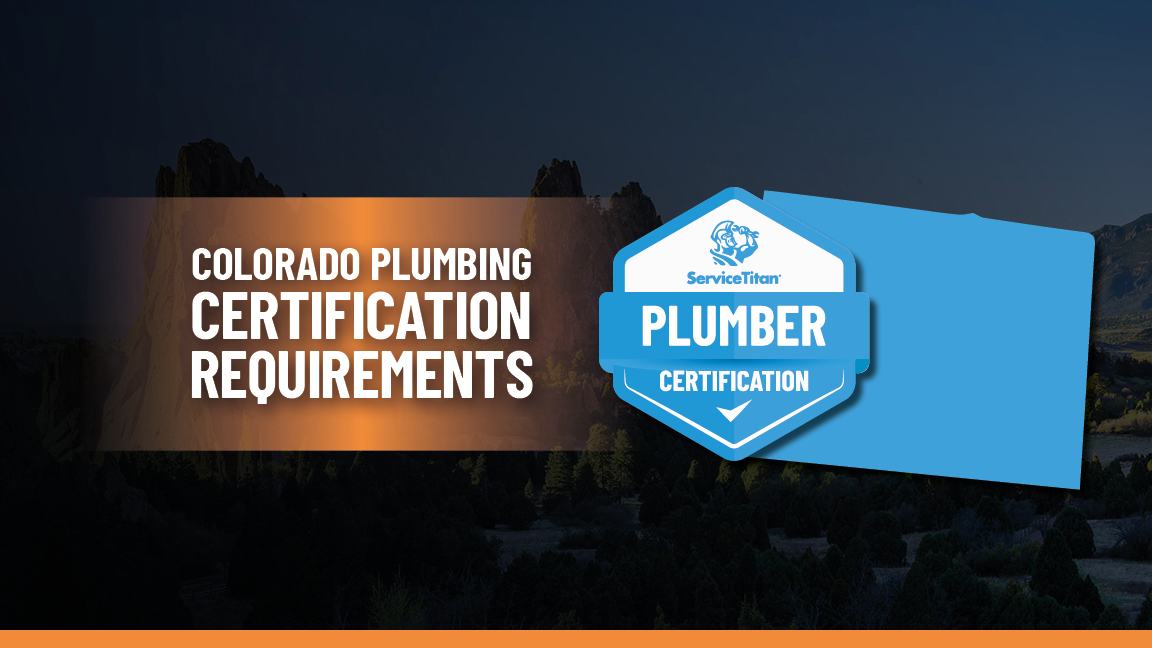How to handle emergency plumbing repairs
Time is of the essence in the midst of a plumbing emergency. Burst pipes, overflowing toilets and other emergencies can wreak havoc on your household and your sense of sanity if not handled quickly. As part of our blog, we explore the world of emergency plumbing repairs, providing essential tips for handling these unexpected situations.
When your basement floods or your water heater malfunctions, knowing what to do is crucial. If you're faced with a plumbing crisis, we're here to help with expert advice to minimize damage and restore order. Become an expert at handling plumbing emergencies by staying prepared, staying informed, and staying proactive.
Identifying Common Plumbing Emergencies
A plumbing emergency may take many forms, but some are more common than others. Freezing temperatures and excessive pressure are two of the most common reasons for pipes to burst. Another common problem is an overflowing toilet caused by a blockage in the pipes. Furthermore, water heater malfunctions may cause sudden leaks or loss of hot water. Effective damage control and resolution require prompt identification of these emergencies. In the event of unusual noises, damp spots, or a sudden drop in water pressure, homeowners can act quickly to mitigate the situation and avoid further damage.
Shutting Off Water Supply
If you are experiencing a plumbing emergency, the first step you should take is to shut off the water supply to prevent further flooding. The main shut-off valve is usually located near the water meter or where the main water line enters the home. Using a clockwise turn, shut off the water flow. The shut-off valve of a particular fixture, such as a toilet or sink, may be close to the location of the emergency. You can save precious time and effort during an emergency by knowing where these valves are located in advance. When the water has been turned off, assess the situation calmly and determine what steps need to be taken to resolve the issue.
Essential Tools for Quick Fixes
In the event of a plumbing emergency, having the right tools on hand can be crucial. Each homeowner should have these essential tools for quick fixes:
Adjustable Wrench
Pipe Wrench
Plunger
Plumber's Tape

Pipe Cutter
Flashlight
Bucket
Towels
Gloves
Drain Snake
DIY Solutions for Immediate Relief
A plumbing emergency may require homeowners to implement temporary DIY fixes until professional assistance arrives. In order to stop the flow of water, plumber's tape or a pipe clamp can be used temporarily to patch a leaking pipe. The use of a drain snake or plunging may be used to clear clogged drains or toilets.
Furthermore, towel or bucket placement can help contain water leaks and minimize further damage to floors and walls. Despite the fact that these DIY measures provide temporary relief, they are not permanent fixes, and should be followed by professional repairs to address the underlying problem.
When to Seek Assistance
For more complex plumbing problems, professional help is often needed, even if DIY efforts have often resolved minor plumbing issues. When you have limited experience or tools to handle a plumbing emergency, it's vital that you recognize it. The need for professional assistance can be signaled by extensive water damage, persistent leaks, foul odors, or sudden drops in water pressure.
You should also contact a licensed plumber for assistance if your attempts to solve the issue on your own fail. An immediate professional intervention is necessary to prevent further damage to your home and to resolve the problem correctly.
Preventing Further Damage
Taking immediate action in the aftermath of a plumbing emergency is vital. Despite shutting off the water supply and applying temporary DIY solutions, secondary damage such as mold growth or structural damage may still occur. Homeowners can mitigate these risks in addition to emergency steps such as drying wet areas thoroughly with fans or dehumidifiers, removing wet furniture or materials, and waterproofing damaged plumbing sections. As a result of addressing these concerns promptly, homeowners can minimize the long-term impact of the emergency and facilitate the restoration of their property.
Step-by-step guide to dealing with burst pipes
Burst pipes must be dealt with swiftly to prevent extensive damage to your property. In order to address the issue effectively, follow these steps:
To stop the flow of water, you must turn off your home's main water supply first. It is usually located near the water meter or where the main water line enters the home where the shut-off valve is located. Closing the valve will stop water flow.
Activate all faucets throughout your home to drain any remaining water and relieve pressure after you have shut off the main water supply. You can prevent further leaks and minimize the amount of water damage by doing this.
The burst pipe needs to be located: Check your plumbing system for leaks in order to find where the leak originated. Inspect the ceiling and walls for visible signs of water damage, such as damp spots, bulging walls, or discolored ceilings. These indicators are often found near burst pipes.
The size and severity of the rupture in the pipe should be determined to determine the extent of the damage. Leaks that are small may only require a temporary patch, while ruptures that are larger may require a complete replacement.
If the pipe is accessible and the damage is minor, you can patch it temporarily with plumber's tape, a pipe clamp, or a rubber hose. Use the clamp to secure a patch over the damaged area after wrapping the tape tightly around it.
My Buddy the Plumber
+17208078051
https://mybuddytheplumberllc.com/
https://maps.app.goo.gl/ufTX6gKdvPuULvEB8
